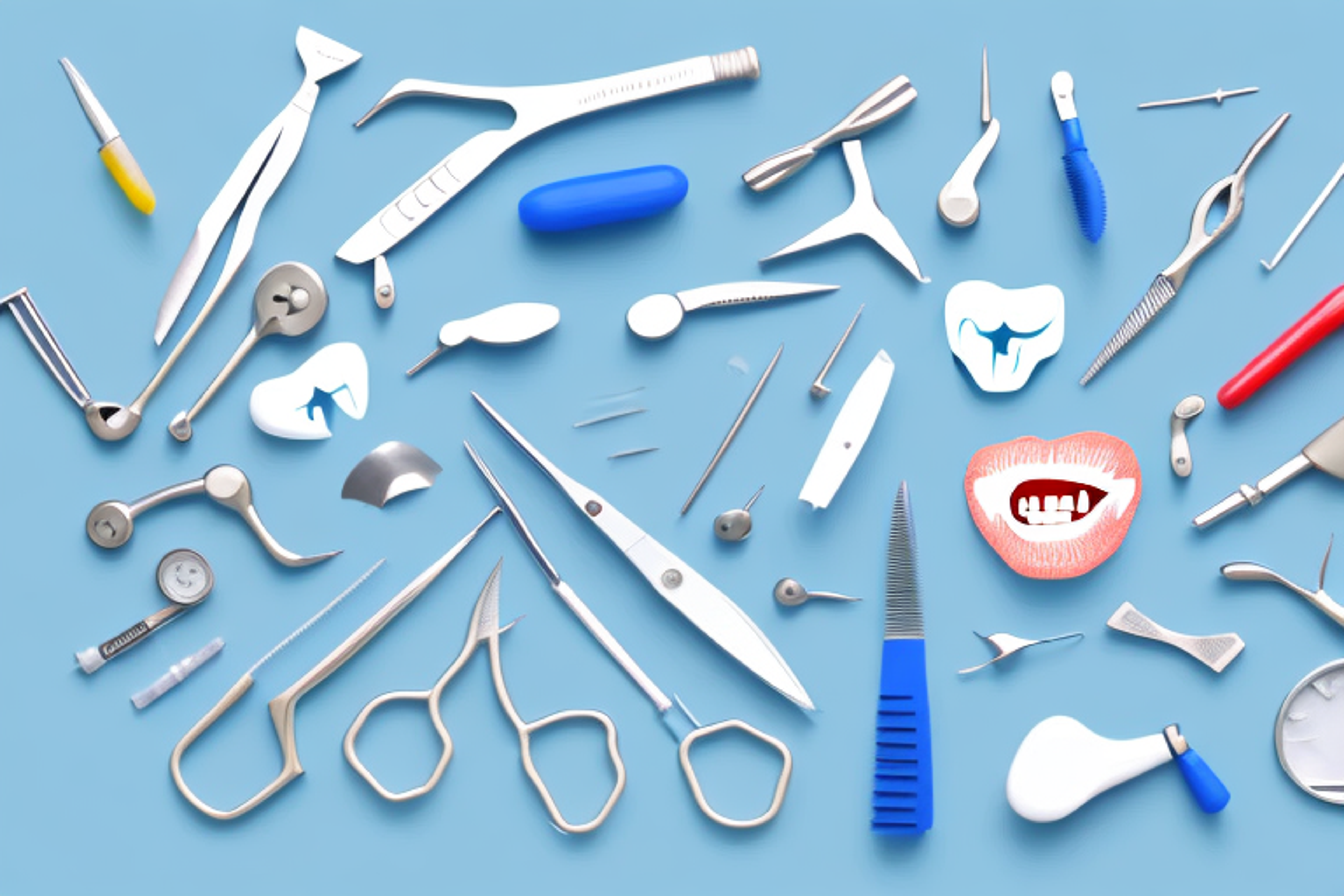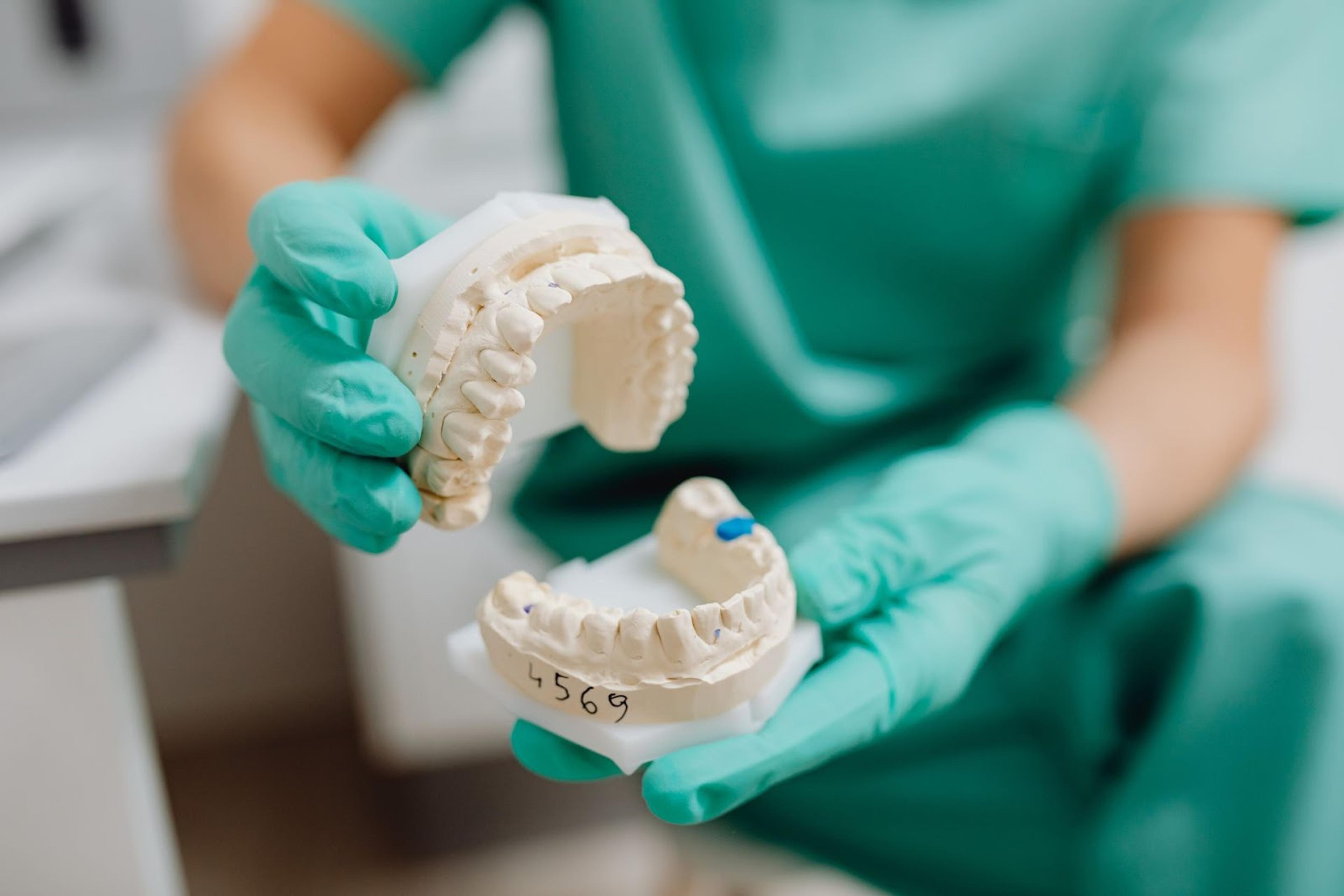The Top 10 Dental Schools for Orofacial Pain
Discover the best dental schools for orofacial pain in our comprehensive list of the top 10 institutions.
Posted June 13, 2025

Join a free event
Learn from top coaches and industry experts in live, interactive sessions you can join for free.
Table of Contents
If you're considering pursuing a career in dentistry, specializing in orofacial pain can be a highly rewarding path. Orofacial pain specialists diagnose and treat conditions such as TMJ disorders, neuropathic pain, headaches, and facial pain – all of which can have a significant impact on a patient's quality of life. However, not all dental schools offer specialized training in this area, which is why we've compiled a list of the top 10 dental schools for orofacial pain. In this article, we'll explore the ranking criteria, benefits of attending a top orofacial pain dental school, overview of orofacial pain, and much more.
Ranking Criteria for Orofacial Pain Dental Schools
Our ranking criteria were based on several factors, including the depth and breadth of the orofacial pain curriculum, the availability of clinical experiences and patient exposure, faculty expertise and research, as well as overall reputation. We also considered the success of graduates in securing competitive residencies and career opportunities.
Another important factor we considered was the level of technology and resources available to students in the orofacial pain program. Schools with state-of-the-art equipment and facilities were given higher rankings, as they provide students with the opportunity to learn and practice using the latest techniques and technologies.
In addition, we also looked at the level of support and resources available to students outside of the classroom. Schools with strong mentorship programs, career services, and networking opportunities were given higher rankings, as they provide students with the tools and support they need to succeed both during and after their time in the program.
The Importance of Orofacial Pain Specialization in Dental Schools
The field of orofacial pain is a relatively new area of specialization in dentistry, necessitating specialized training for effective diagnosis and treatment. Dental schools with dedicated orofacial pain programs offer students exposure to the latest research, technology, and techniques, allowing them to provide comprehensive care to their patients.
Furthermore, orofacial pain can often be a symptom of underlying medical conditions such as migraines, temporomandibular joint disorders, and sleep apnea. By having a specialized understanding of orofacial pain, dentists can work collaboratively with other healthcare professionals to provide a multidisciplinary approach to patient care, ultimately improving patient outcomes and quality of life.
The Benefits of Attending a Top Orofacial Pain Dental School
Attending a top orofacial pain dental school provides students with numerous benefits, including advanced training in specialized procedures, extensive clinical experiences, and exposure to innovative research. Graduates from top orofacial pain programs generally enjoy competitive salaries and job opportunities, as their specialized training and expertise are in high demand.
Furthermore, attending a top orofacial pain dental school can also lead to opportunities for networking and collaboration with other professionals in the field. Students may have the chance to work alongside experienced practitioners and researchers, gaining valuable insights and connections that can help them throughout their careers. Additionally, top orofacial pain programs often offer access to state-of-the-art facilities and equipment, allowing students to learn and practice using the latest technologies and techniques.
Overview of Orofacial Pain and Its Impact on Patients
Orofacial pain encompasses a wide range of conditions that affect the head, face, and neck. The causes of these conditions can be complex and multifactorial, making diagnosis and management challenging. However, with the expertise provided in specialized orofacial pain programs, dental professionals are well-equipped to take care of conditions such as TMJ disorders, migraine, and neuralgia that cause significant pain, discomfort, and disability.
Patients with orofacial pain often experience a significant impact on their quality of life. The pain can interfere with daily activities such as eating, speaking, and sleeping, leading to social isolation and depression. Additionally, the chronic nature of many orofacial pain conditions can result in a decreased ability to work and participate in recreational activities. It is important for dental professionals to not only address the physical symptoms of orofacial pain but also to provide emotional support and resources for patients to manage the impact on their daily lives.
How Orofacial Pain is Diagnosed and Treated in Dental Schools
In dental school, the identification of orofacial pain is taught by examining the presented symptoms. An extensive differential diagnosis is performed to identify the underlying cause of the issue, after which specific treatments that may vary from occlusal equilibration and medication management to splint therapy and neuromodulation are applied. Modern technology like advanced imaging and surgical tools are also an important part of the training of orofacial pain specialists.
One of the key aspects of diagnosing orofacial pain in dental schools is understanding the patient's medical history. This includes any previous injuries, surgeries, or medical conditions that may be contributing to their pain. Additionally, dental students are trained to consider the patient's lifestyle habits, such as diet and stress levels, as these can also play a role in orofacial pain.
Once a diagnosis has been made, dental students are taught to work closely with other healthcare professionals, such as physical therapists and pain management specialists, to provide comprehensive care for their patients. This interdisciplinary approach ensures that patients receive the most effective treatment possible and can manage their pain in the long term.
The Role of Technology in Orofacial Pain Management in Dental Schools
The use of innovative technology in orofacial pain management is rapidly evolving. Dental schools with dedicated orofacial pain programs use a wide range of cutting-edge technology, including advanced imaging, computerized analysis, and digital record-keeping systems. These technologies aid in accurate diagnoses and customized treatment plans that improve patient outcomes.
One of the most significant benefits of technology in orofacial pain management is the ability to provide remote consultations and telemedicine services. With the use of video conferencing and digital communication tools, dental professionals can connect with patients who are unable to visit the clinic in person. This technology has been particularly useful during the COVID-19 pandemic, allowing patients to receive necessary care while minimizing the risk of exposure to the virus.
Another area where technology has made a significant impact is in the development of virtual reality (VR) and augmented reality (AR) tools. These technologies allow dental students to practice orofacial pain management techniques in a simulated environment, providing a safe and controlled learning experience. VR and AR can also be used to educate patients about their condition and treatment options, improving their understanding and engagement in the treatment process.
Student Experiences and Testimonials from Top Orofacial Pain Dental Schools
Students who have had the opportunity to study in top orofacial pain programs have described their experiences as highly rewarding and intellectually stimulating. Access to leading researchers and clinicians in the field, as well as exposure to an extensive range of clinical cases, has provided them with the skills and knowledge to pursue successful careers in orofacial pain treatment.
Career Opportunities for Graduates of Top Orofacial Pain Dental Schools
Graduates from top orofacial pain programs often enjoy successful careers in dentistry, academia, research, and industry. They are sought after by employers for their advanced skills and expertise in orofacial pain diagnosis and management. Important to note is that orofacial pain management can, on its own, be a specialty, or it can be integrated into other fields like maxillofacial surgery, general dentistry, or periodontics.
Comparison of Curriculum and Faculty at Top Orofacial Pain Dental Schools
Each top orofacial pain program has a unique curriculum, and its faculty comprises leading researchers and clinicians in the field. While most dental schools offer core courses in orofacial pain management, top programs incorporate specialized courses, clinical rotations, and research opportunities with recognized experts and industry leaders.
The Future of Orofacial Pain Education and Research in Dental Schools
The field of orofacial pain is rapidly growing, with new discoveries and technological advancements that are shaping the future of treatment. Dental schools with dedicated orofacial pain programs will likely continue to play a large role in advancing the field, with research initiatives, evolving clinical techniques, and highly trained professionals.
Interview with a Leading Orofacial Pain Specialist from a Top Dental School
To provide additional insight into orofacial pain and dentistry, we've conducted an interview with a leading orofacial pain specialist from a top dental school. They shared their expertise and experiences in the field, answering questions about the diagnosis and treatment of orofacial pain and explaining why attending a top orofacial pain program is worthwhile.
Scholarships and Funding Opportunities for Orofacial Pain Students at Top Dental Schools
Attending a top orofacial pain dental program can be expensive, but there are many scholarships and funding opportunities available to students who qualify. Dental schools offer various grants and awards that can help cover tuition and expenses, and students can also apply for external scholarships and research grants to supplement funding needs.
Tips for Choosing the Right Orofacial Pain Dental School for You
If you're considering pursuing a degree in orofacial pain dental school, choosing the right school can be critical to your education and career success. Key factors to consider include the strength and reputation of the program, the expertise and research of the faculty, and the availability of clinical opportunities and research resources.
Conclusion: Why Investing in an Education from a Top Orofacial Pain Dental School is Worthwhile
Specializing in orofacial pain can be a highly rewarding career for dental professionals, but choosing the right program is crucial to success. Attending a top orofacial pain dental school provides extensive training, exposure to innovative research and technology, and career opportunities that can set graduates on the path to success. If you're interested in pursuing a career in orofacial pain management, investing in a top dental school that specializes in this field is undoubtedly worthwhile.
Browse hundreds of expert coaches
Leland coaches have helped thousands of people achieve their goals. A dedicated mentor can make all the difference.















